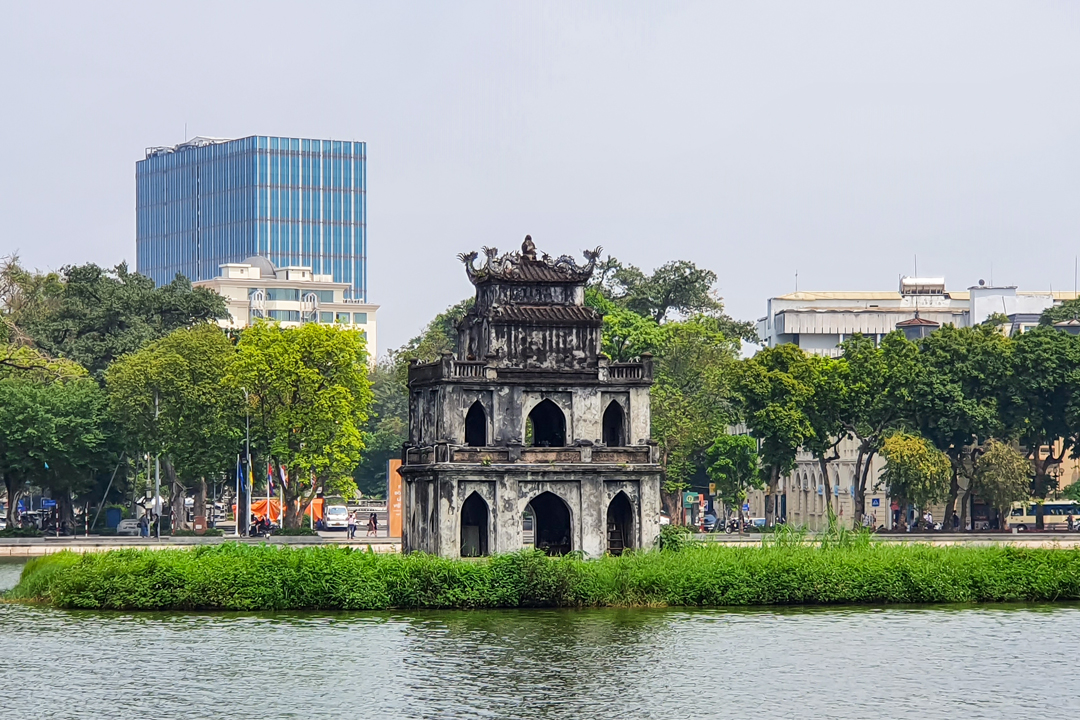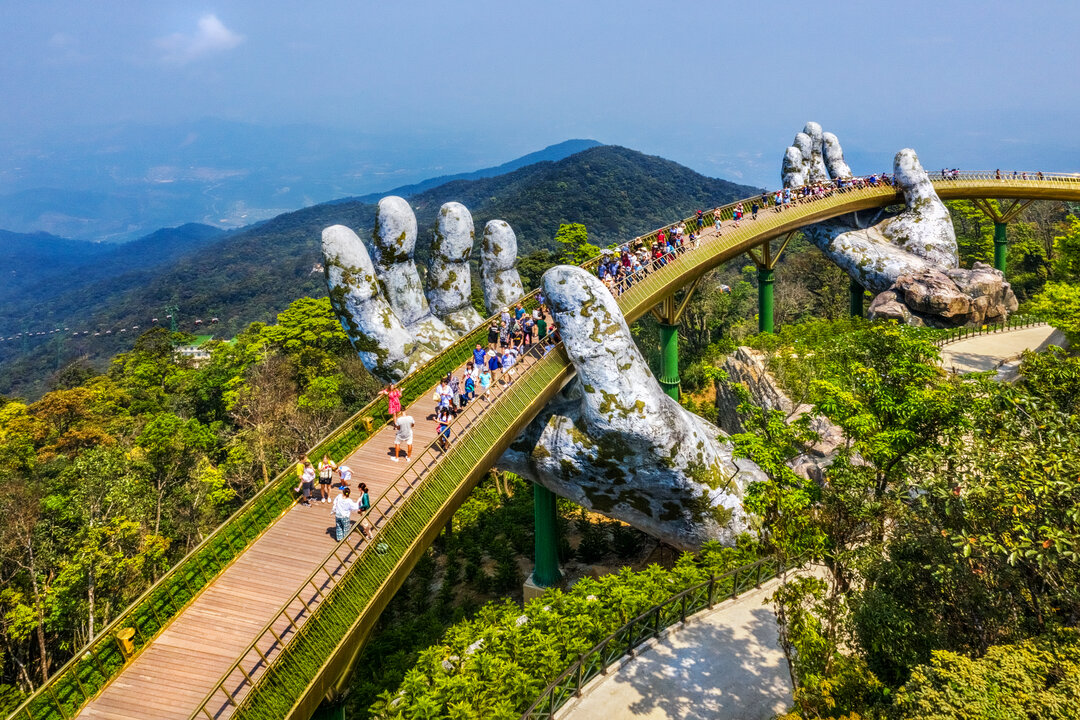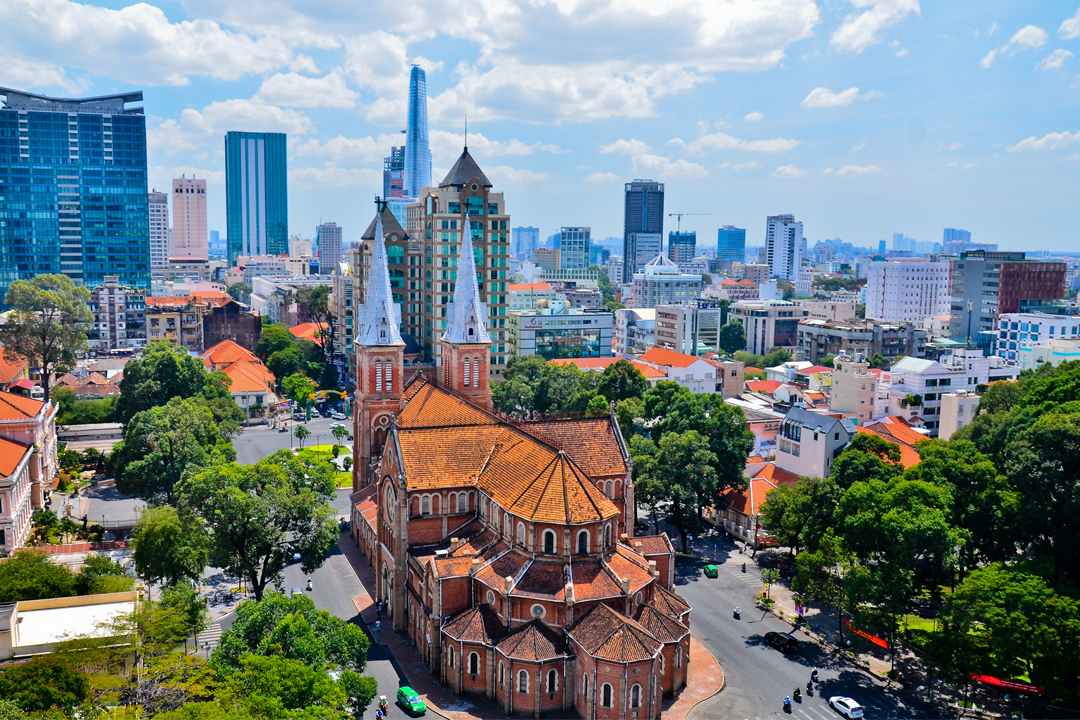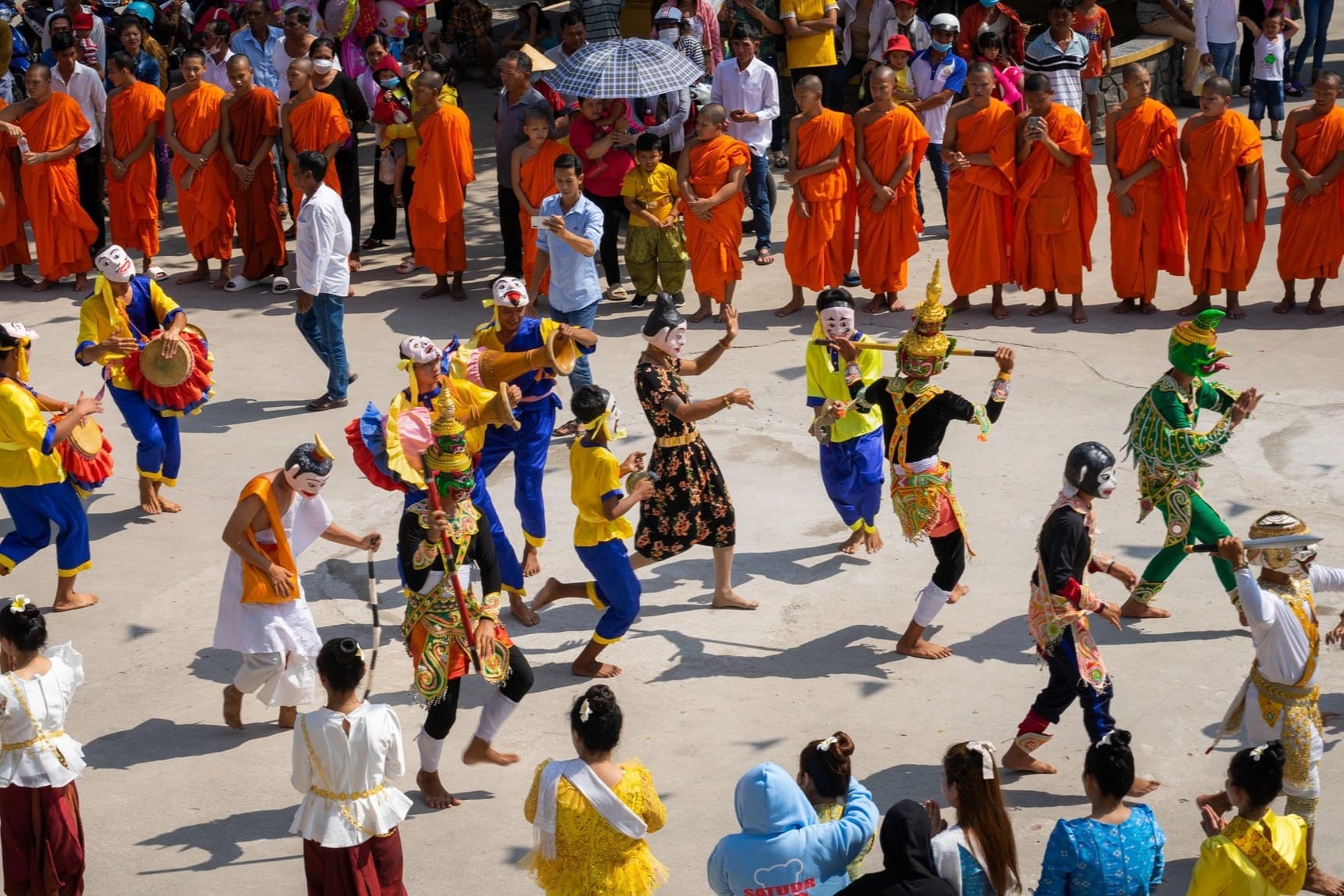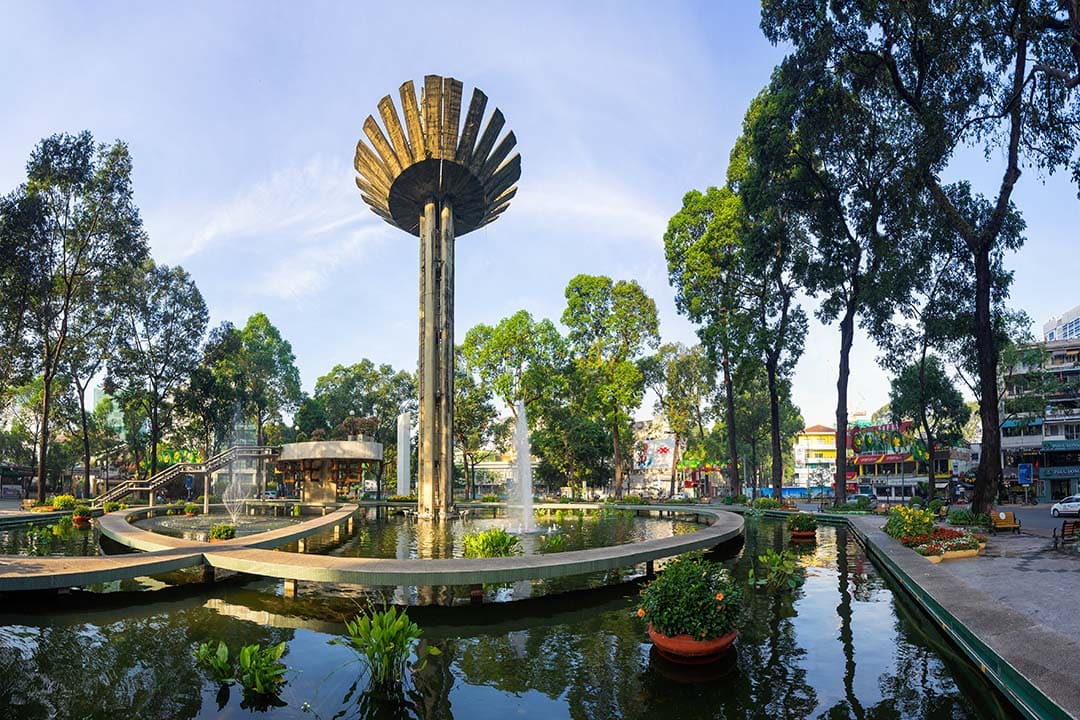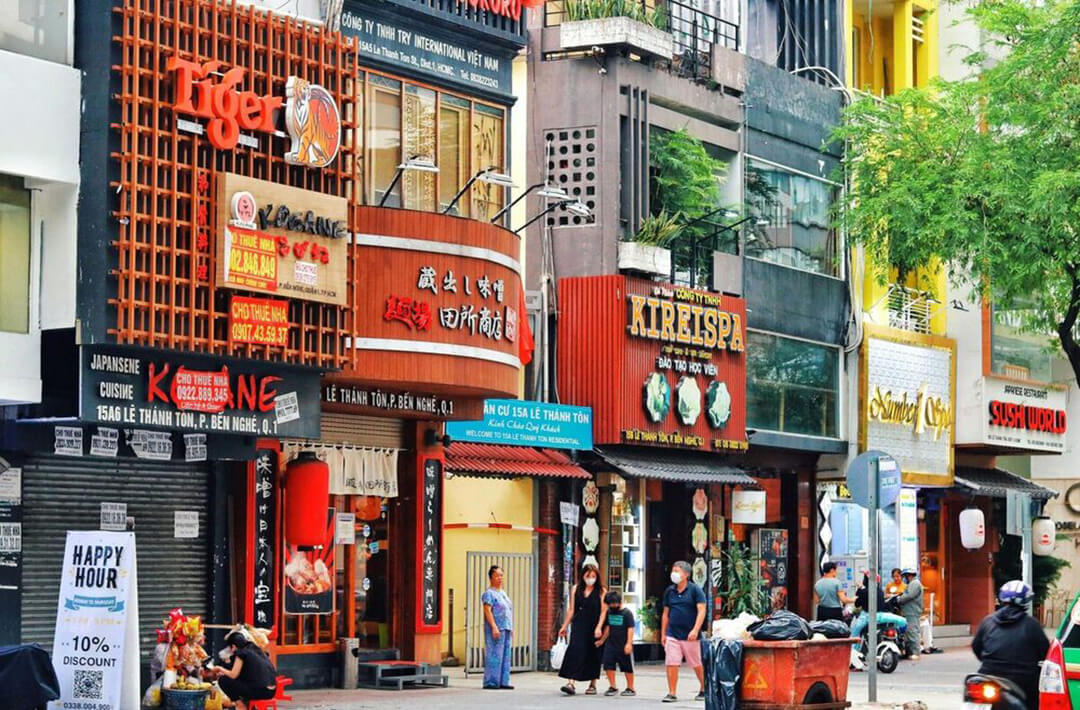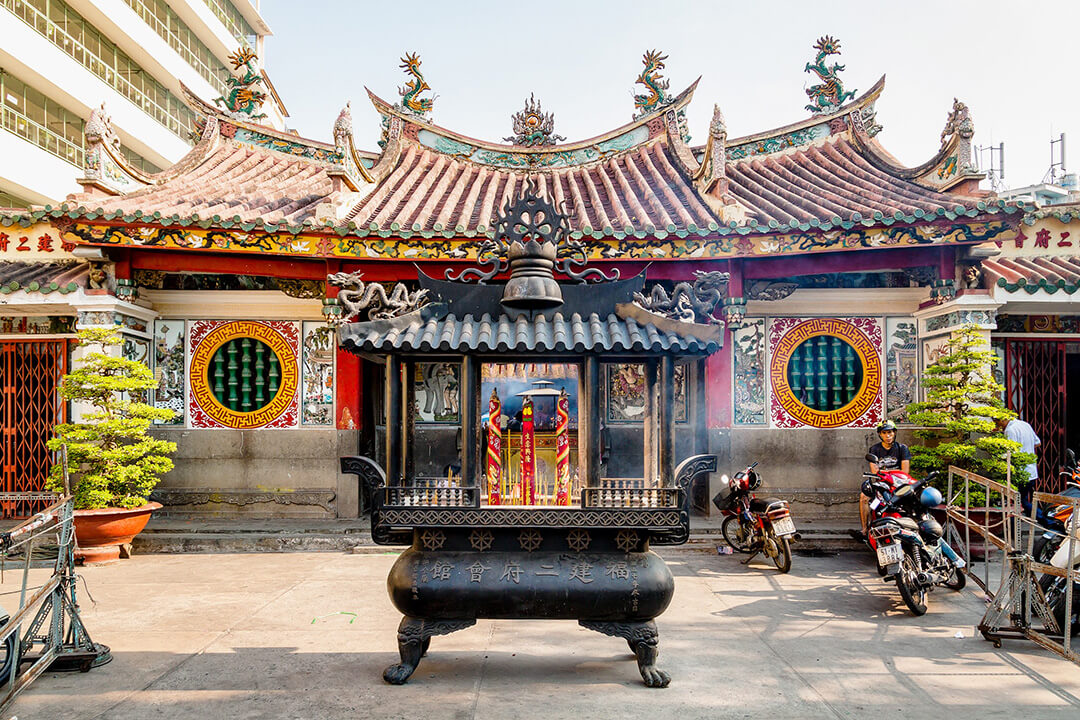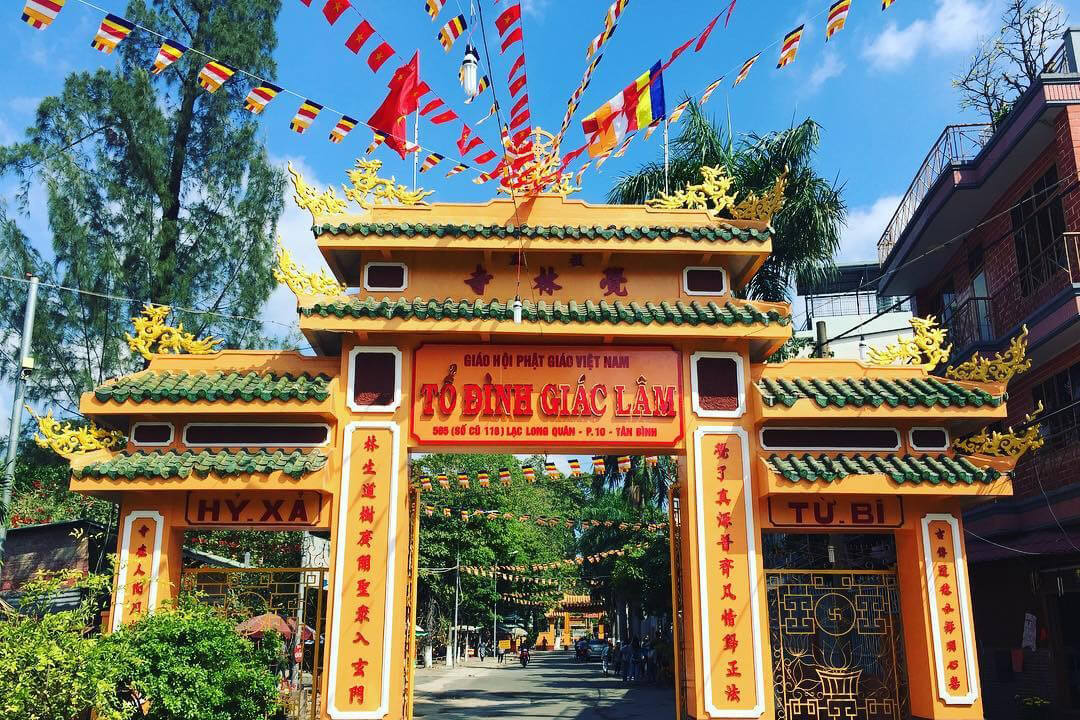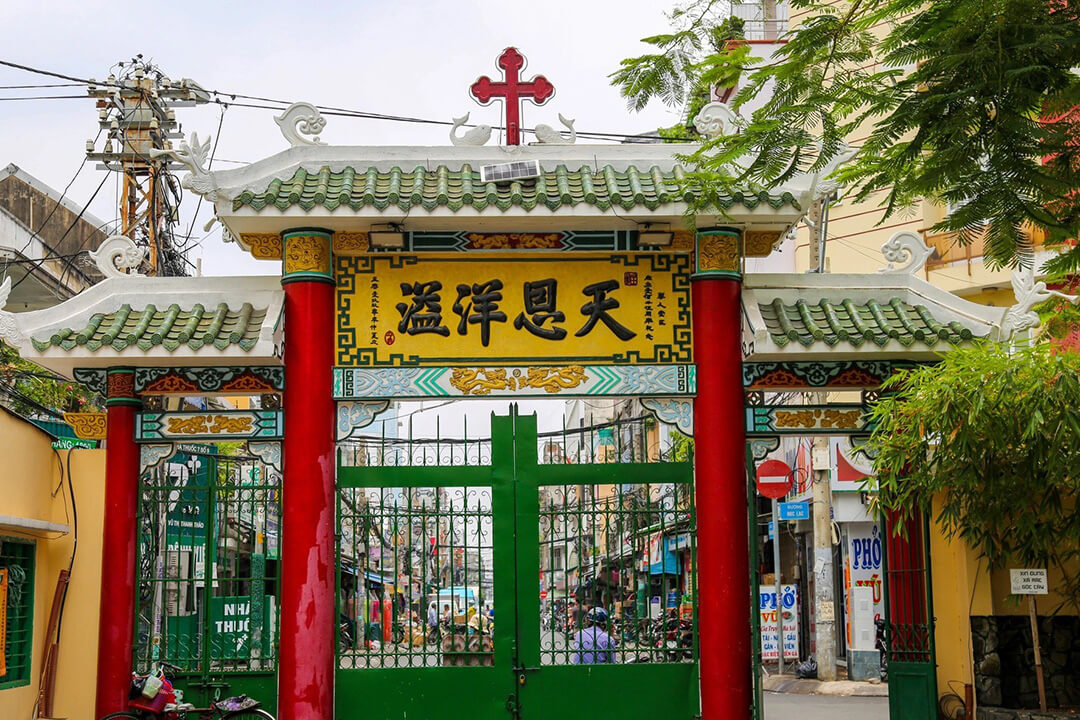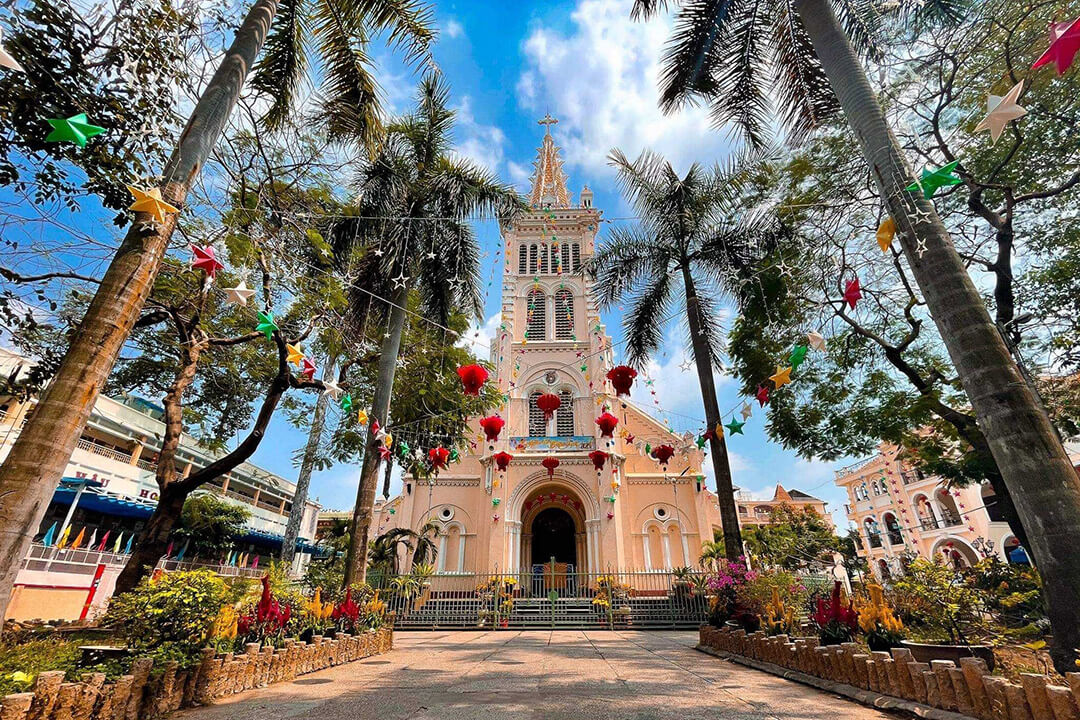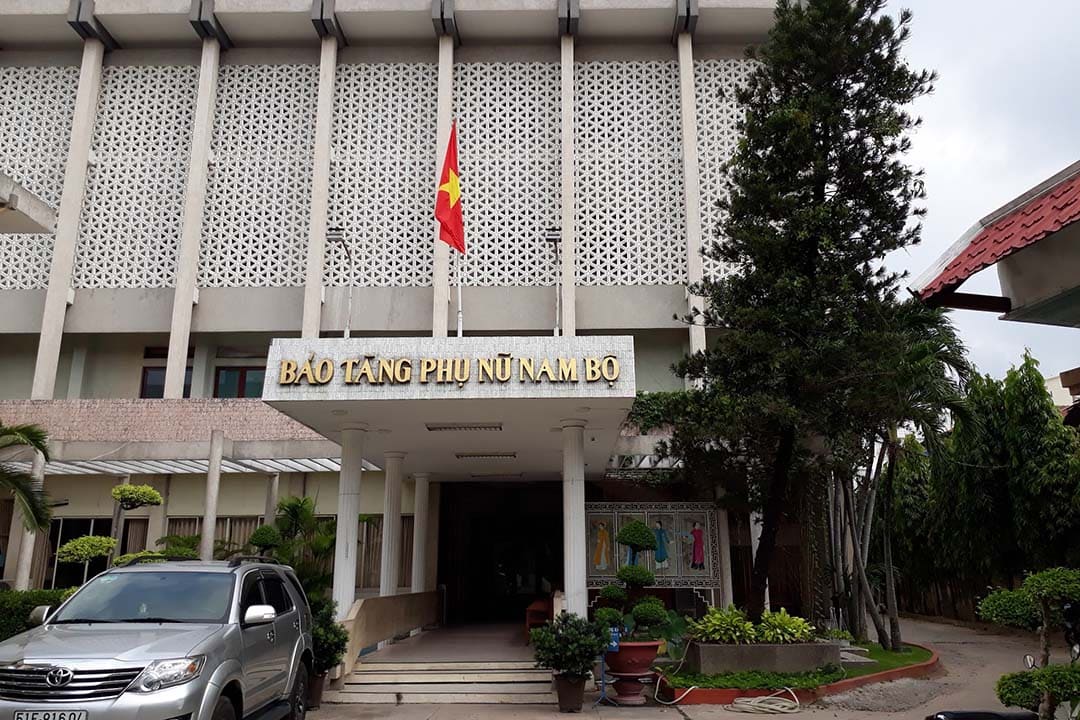Nov - 03 - 2025
The Ho Chi Minh City Museum of Fine Arts is far more than just a gallery. It's a breathtaking journey through Vietnam's artistic soul, housed within a building that whispers stories of a bygone colonial era. Standing as one of the most magnificent historical buildings, this canary-yellow mansion is a destination in itself, captivating visitors with its stunning architecture, priceless artifacts, and even a lingering ghost story. The museum offers a rich, multi-layered experience that reveals the heart of Saigon. At GTrip, we believe the best travels are filled with discovery, and this landmark is a treasure chest waiting to be opened. This guide will walk you through its grand halls, hidden secrets, and priceless collections to ensure your visit is unforgettable.
Overview of the Ho Chi Minh City Museum of Fine Arts
- Address: No. 97A, Pho Duc Chinh Street, Saigon Ward (Nguyen Thai Binh Ward, District 1), Ho Chi Minh City
- Opening hours: 8:00 AM - 5:00 PM daily
- Entrance fee: 30,000 VND for adults and 15,000 VND for students. Children (6 - 16), seniors (60+), and students enjoy a 50% discount, while children under 6 and people with disabilities enter free.
This esteemed institution is the city's main art museum, dedicated to collecting, preserving, and exhibiting artworks that reflect the heritage of Vietnam and the southern region in particular. Housed in a stunning colonial-era villa, it provides a tranquil and inspiring escape from the city's hustle, combining artistic appreciation with architectural admiration.
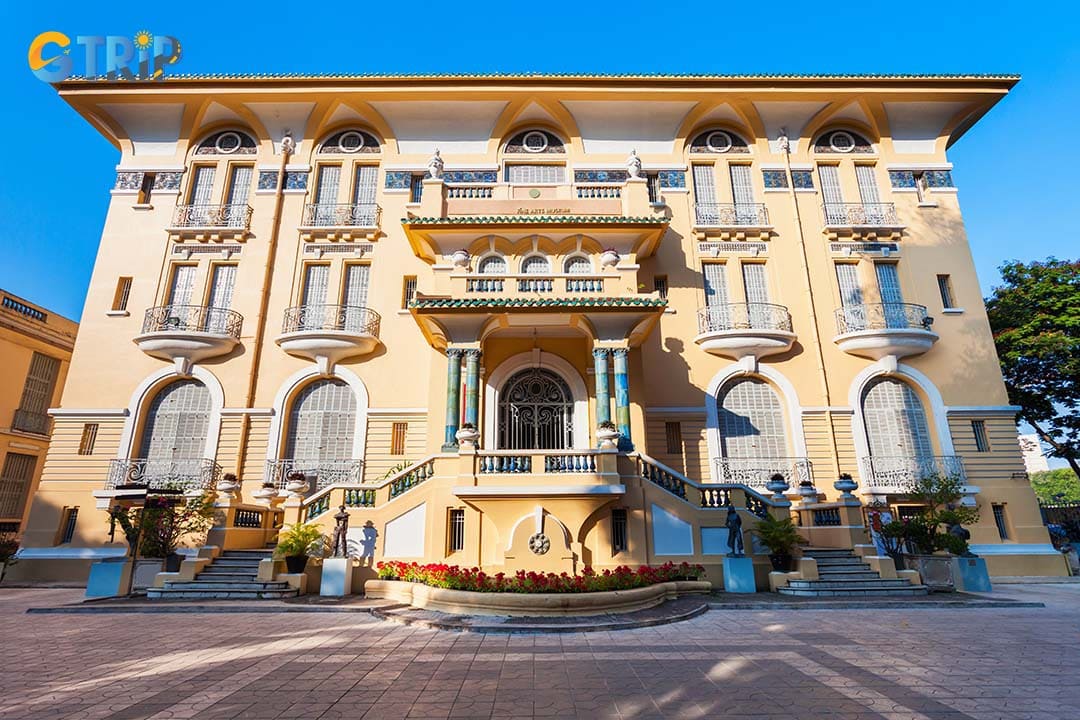
The Ho Chi Minh City Museum of Fine Arts is a masterpiece in itself, offering a captivating journey through Vietnam’s artistic soul within a grand colonial-era mansion
History of the Ho Chi Minh City Museum of Fine Arts
Before it housed priceless art, the Ho Chi Minh City Museum of Fine Arts building was the opulent private residence of the Hua family, one of the wealthiest and most influential families in 20th-century Saigon. The patriarch, Hua Bon Hoa, a Chinese immigrant who amassed a fortune in real estate and commerce, commissioned the mansion in the late 1920s. Completed in 1934, the building was the grandest of the family's many properties and a symbol of their immense success. It served as the family's home and business headquarters for decades.
After the reunification of Vietnam in 1975, the government took ownership of the property. Recognizing its architectural and historical value, authorities decided to transform the magnificent mansion into a public institution. It was officially established as the Ho Chi Minh City Museum of Fine Arts in 1987 and opened its doors to the public in 1991. This offers a permanent home for Vietnam's artistic treasures and preserves one of Saigon's most iconic structures.
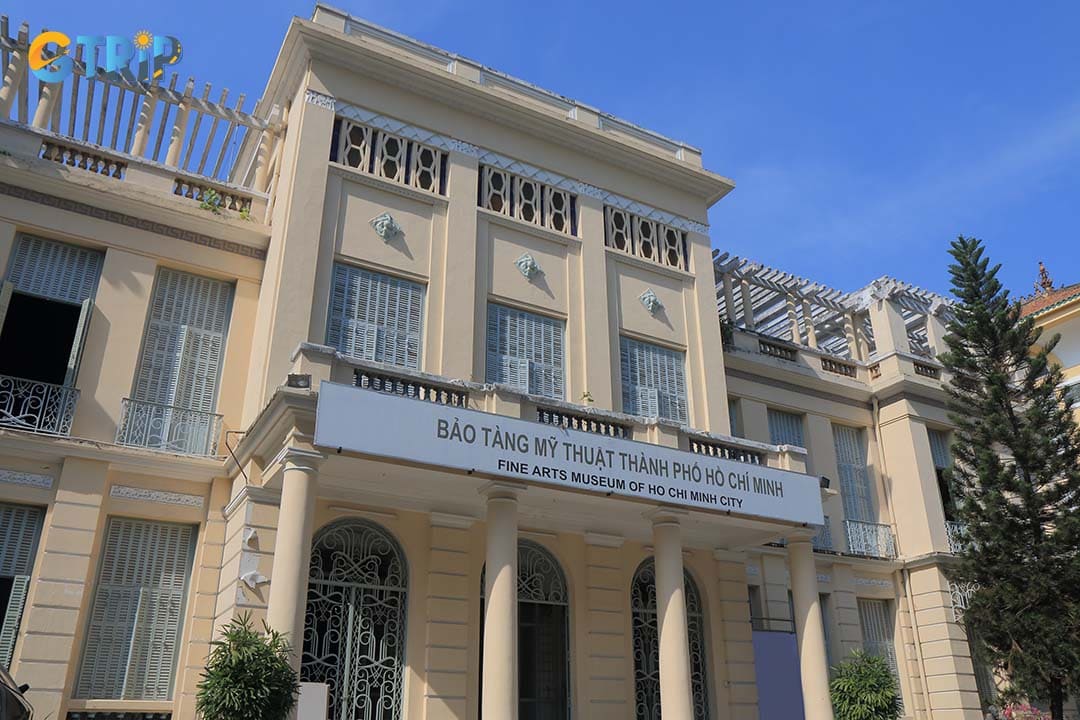
Originally built in the 1930s as the lavish residence of the Hua family, the mansion later became the Ho Chi Minh City Museum of Fine Arts in 1987
Architectural highlights of the Ho Chi Minh City Museum of Fine Arts
The museum's building is a masterpiece of architectural fusion, making it a primary draw for visitors. Designed by a French architect, the structure masterfully blends European and Asian influences, resulting in a style that is both grand and distinctly Saigonese. The dominant style is French colonial, evident in its symmetrical layout, grand balconies, and high ceilings. It is richly decorated with Art Deco flourishes seen in its geometric patterns and decorative motifs.
The vibrant yellow facade, typical of French colonial buildings in Vietnam, is complemented by intricate ironwork, green shutters, and ornate balustrades. Inside, decorative floor tiles, arched doorways, and vast, airy rooms create a sense of elegance and history. This harmonious blend of Western structural design and Eastern decorative details, such as ceramic roof tiles and nature-inspired carvings. This makes the museum itself one of the most important exhibits and one of the finest examples of colonial architecture in the city.

The museum’s architecture is a stunning blend of French colonial grandeur and Asian artistry
Exploring the museum’s three blocks
The vast collection of the Ho Chi Minh City Museum of Fine Arts is logically organized across three separate buildings, each dedicated to a specific period or type of art. This allows visitors to embark on a chronological and thematic journey through Vietnamese art history, from ancient civilizations to the dynamic contemporary scene.
Block 1: Modern Vietnamese artworks
Block 1, the main and most impressive building, is dedicated to modern Vietnamese art. The journey begins with works from the early 20th century, showcasing pieces from artists trained at the French-influenced Ecole des Beaux-Arts de l'Indochine. These artworks display a fascinating blend of European techniques with traditional Vietnamese themes. The galleries proceed chronologically, moving into the powerful and politically charged art of the revolutionary period during the Vietnam War. Finally, you'll discover post-war and contemporary pieces, which explore themes of renewal, identity, and modern life in Vietnam. They demonstrate the incredible resilience and evolution of the nation's artists.
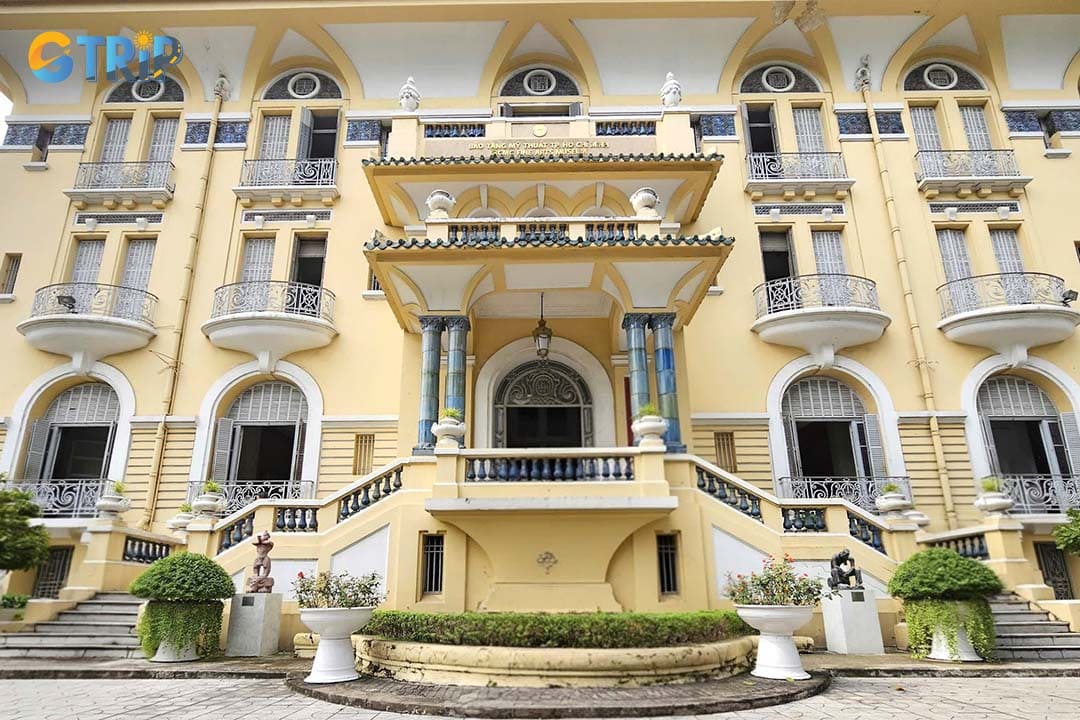
Block 1, the museum’s main and most striking building, showcases modern Vietnamese art from the early 20th century to the present
Block 2: Special exhibitions and rotating galleries
Connected to the main building by a sky-bridge, Block 2 serves as the museum's dynamic hub for temporary and special exhibitions. This space is dedicated to showcasing a diverse array of collections. You might find a gallery dedicated to a prominent contemporary Vietnamese artist, an exhibition of international photography, or a thematic display curated from the museum's own stored collections. This rotating schedule means that there is always something new and exciting to see, making the museum a place worth revisiting. It provides a platform for emerging talent and keeps the museum's offerings fresh and relevant for both locals and tourists.
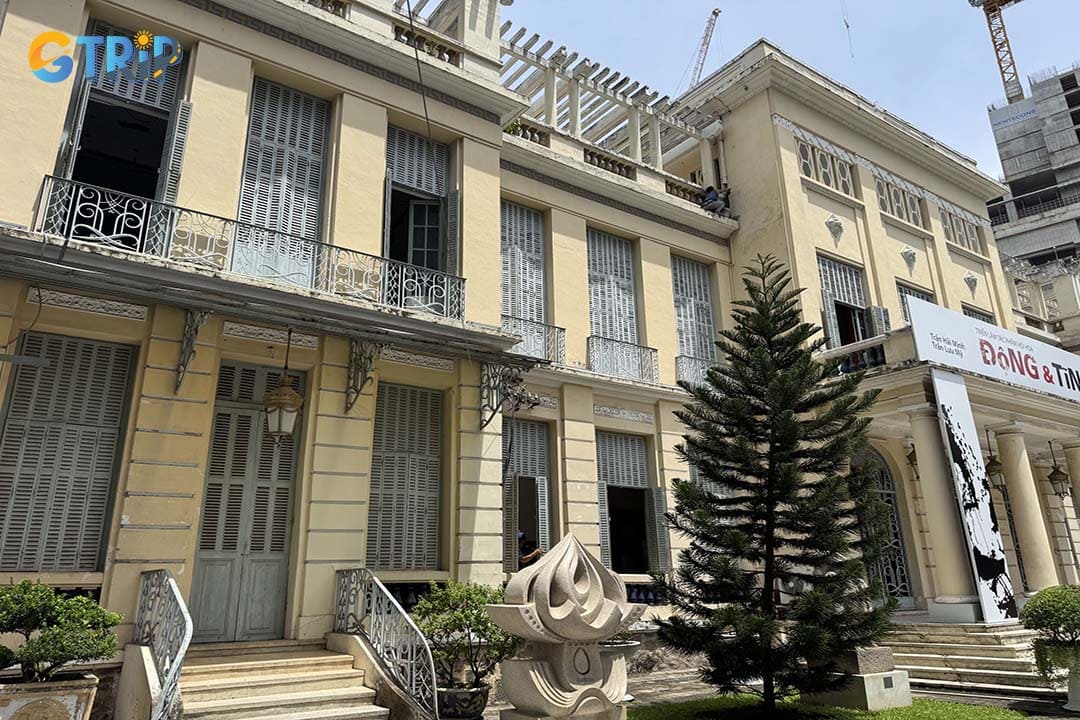
Block 2 hosts rotating temporary exhibitions that feature contemporary Vietnamese art, international showcases, and thematic displays
Block 3: Ancient and traditional art
Block 3 transports visitors back in time, housing a remarkable collection of ancient artifacts and traditional Vietnamese art forms. This section offers a deep dive into the country's rich historical and cultural roots. Highlights include a stunning collection of Cham sculptures, with intricate stone carvings from the ancient Champa kingdom. You can also marvel at bronze items from the prehistoric Dong Son and Sa Huynh cultures, including the famous Dong Son drums. The collection is rounded out with exquisite examples of traditional woodcarvings, mother-of-pearl inlay, and beautiful ceramics from various historical periods. It provides a comprehensive overview of Vietnam's artistic legacy.
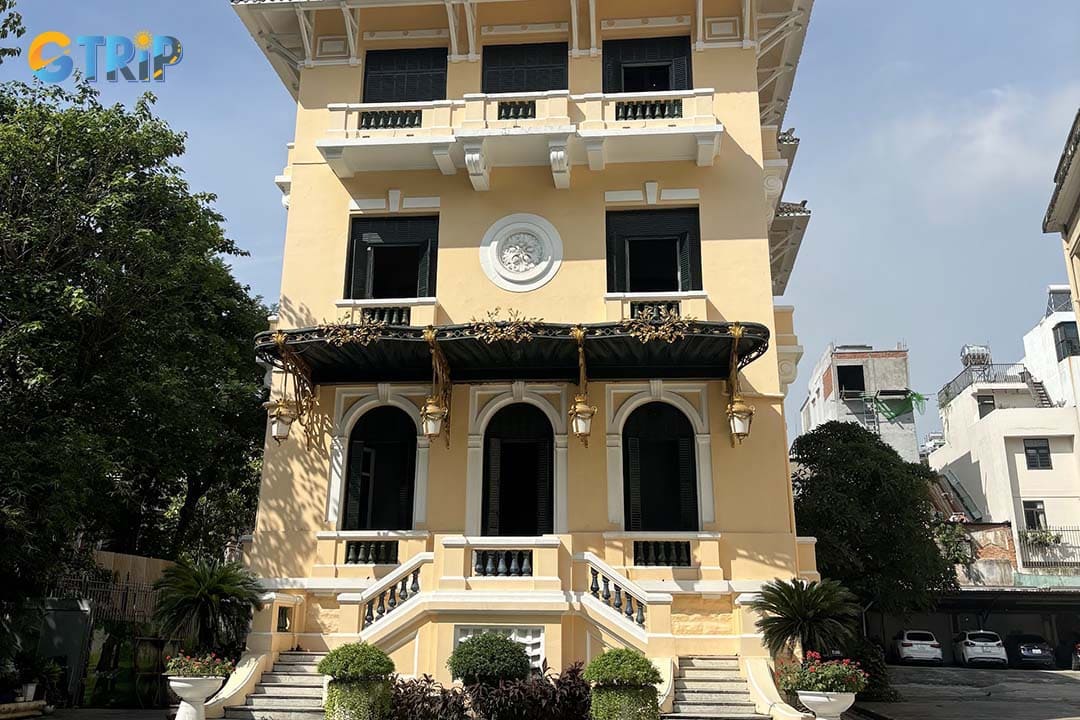
Block 3 takes visitors on a journey through Vietnam’s artistic heritage, showcasing Cham sculptures, Dong Son bronzes, Sa Huynh artifacts, and exquisite traditional crafts
Distinctive features that make the museum stand out
Beyond its impressive art collection, the Ho Chi Minh City Museum of Fine Arts captivates visitors with unique architectural details and hidden stories embedded within its walls. These features offer a glimpse into the building's lavish past and add a layer of intrigue to any visit.
Elegant entrances and colorful stained glass
From the moment you approach, the building's grandeur is apparent. The main entrance features a beautiful wrought-iron gate and an elegant portico, welcoming visitors into its historic interior. Once inside, one of the most enchanting features is the extensive use of stained glass. Found framing the grand staircases and lining the upper-floor hallways, these windows are classic Art Deco designs. When sunlight streams through, they cast a mosaic of vibrant colors, blues, greens, reds, and yellows across the tiled floors and walls. This creates a magical, ever-changing atmosphere that is both beautiful and highly photogenic.

The main entrance greets visitors with an ornate wrought-iron gate and a graceful portico that lead into the building’s storied interior
The first elevator in Saigon
Tucked away in a quiet corner of the main building is a true historical artifact: an antique, wrought-iron cage elevator. Reputed to be the very first elevator installed in Saigon, it stands as a testament to the immense wealth and modern tastes of the Hua family. Although no longer in public use, the elevator is preserved behind a velvet rope for all to see. Its intricate metalwork and vintage mechanics evoke the glamour of the 1930s. This feature is not just a piece of machinery. It's a symbol of an era when Saigon was embracing modernity and luxury.
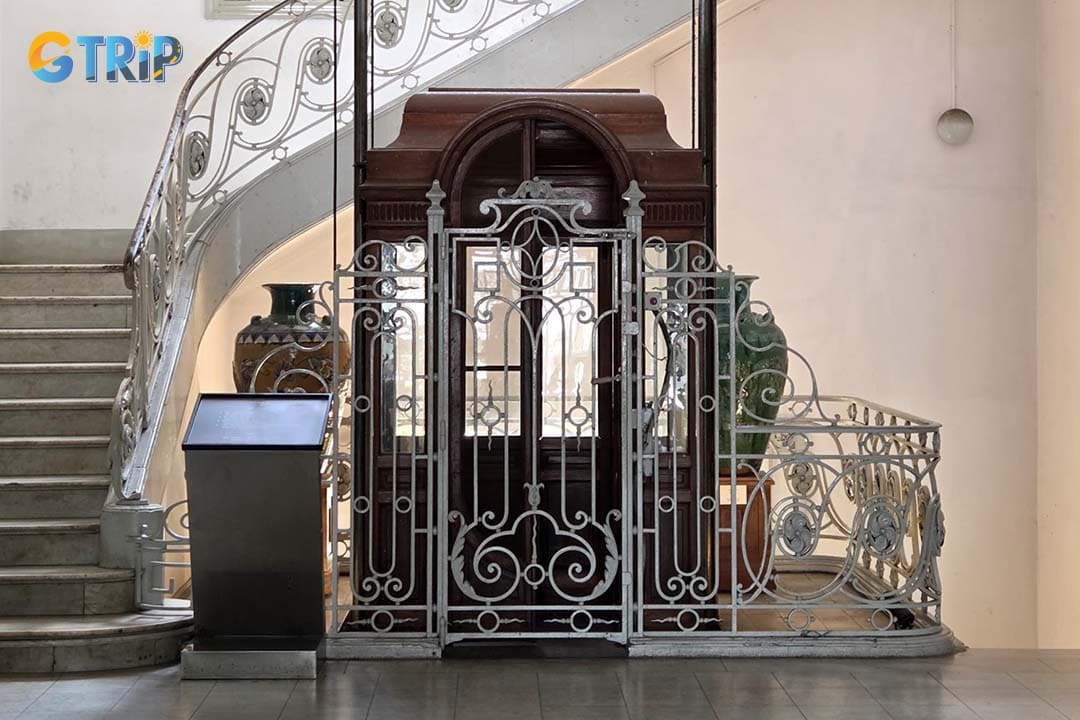
The museum houses Saigon’s very first elevator, an ornate wrought-iron cage lift that once symbolized the Hua family’s wealth
The iconic spiral staircase
The museum’s iconic spiral staircase is arguably its most photographed feature. Centrally located in the main building, this grand staircase sweeps elegantly from the ground floor to the top, its dark wood banister and classic design creating a dramatic and sophisticated focal point. The view from the top landing, looking down into the spiraling vortex, is a favorite shot for photographers and Instagrammers. This architectural centerpiece is more than just a way to move between floors. It’s a work of art in itself, embodying the grace and grandeur of the mansion's design.
The museum’s grand spiral staircase, with its sweeping curves and polished wood banister, is a stunning architectural centerpiece
The hidden underground bunker
For the truly curious explorer, the museum holds a well-kept secret: a hidden passageway and bunker. This tunnel, located behind a discreet wall panel, is believed to connect the main mansion to a neighboring building, also formerly owned by the Hua family. The purpose of this secret passage was for the family to quickly and discreetly move their vast assets to a secure location during times of political instability or turmoil. The assets include gold, cash, and important documents. While not officially open for public tours, its existence adds a thrilling layer of mystery to the building’s history.
The legend of the Hua family ghost
No story about this building is complete without mentioning the famous legend that it is haunted. As local lore goes, the ghost of the Hua family’s only daughter, who tragically died from leprosy, still wanders the halls. The story tells of how she was hidden away in an isolated room at the top of the mansion to conceal her illness, where she eventually died. For decades, locals have shared tales of hearing faint cries or seeing a ghostly white figure roaming the corridors at night. This spooky tale has cemented the museum's reputation as one of the most famous ghost stories in Saigon, adding an element of myth and mystique to its already rich history.
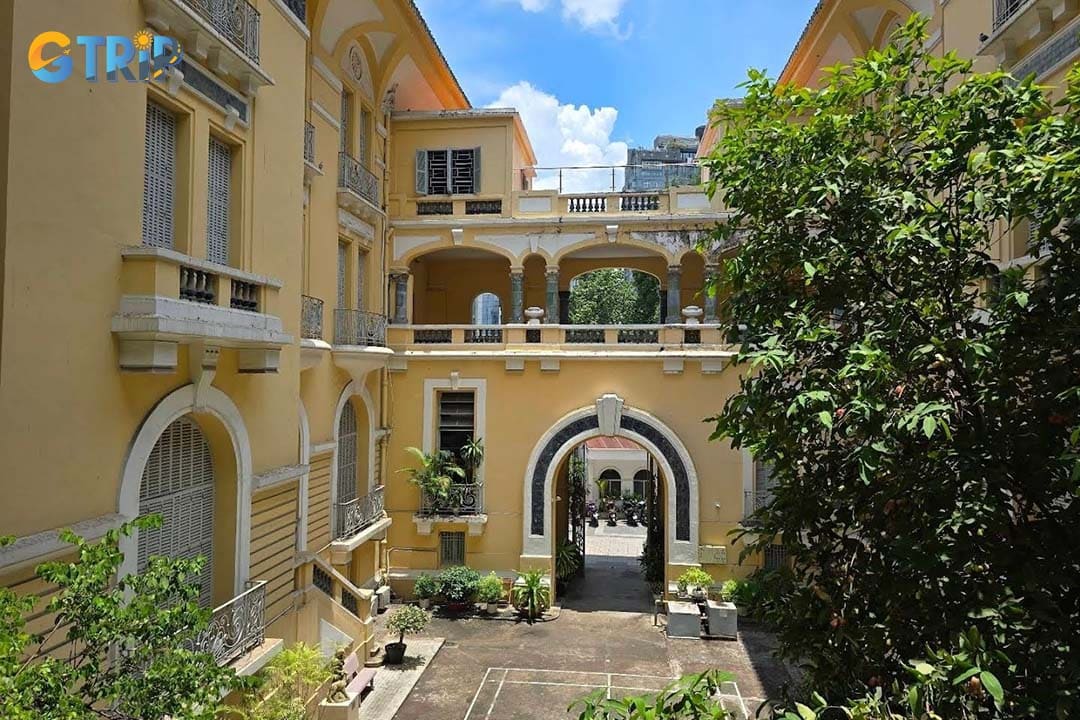
No account of this building is complete without the famous ghost story of the Hua family’s daughter, said to haunt the mansion after dying in isolation from leprosy
How to get to the Ho Chi Minh City Museum of Fine Arts
Located in the heart of Sai Gon Ward, the museum is easily accessible from all major tourist areas.
- By ride-hailing app (Grab/XanhSM): This is the most convenient and affordable option. Simply enter "Ho Chi Minh City Museum of Fine Arts" into the app. The drop-off point is right at the entrance on Pho Duc Chinh Street.
- By taxi: Traditional taxis like Vinasun or Mai Linh are plentiful. Most drivers will know the museum by its English or Vietnamese name (Bao tang My thuat Thanh pho Ho Chi Minh).
- By bus: Several public bus routes stop near the museum. Look for routes that pass by the roundabout at Quach Thi Trang Square, near Ben Thanh Market, from which it's a short walk.
- On foot: If you are staying in Sai Gon Ward, walking is a great way to see the city. The museum is a pleasant 5-10 minute walk from Ben Thanh Market and about a 15-minute walk from Nguyen Hue Walking Street.
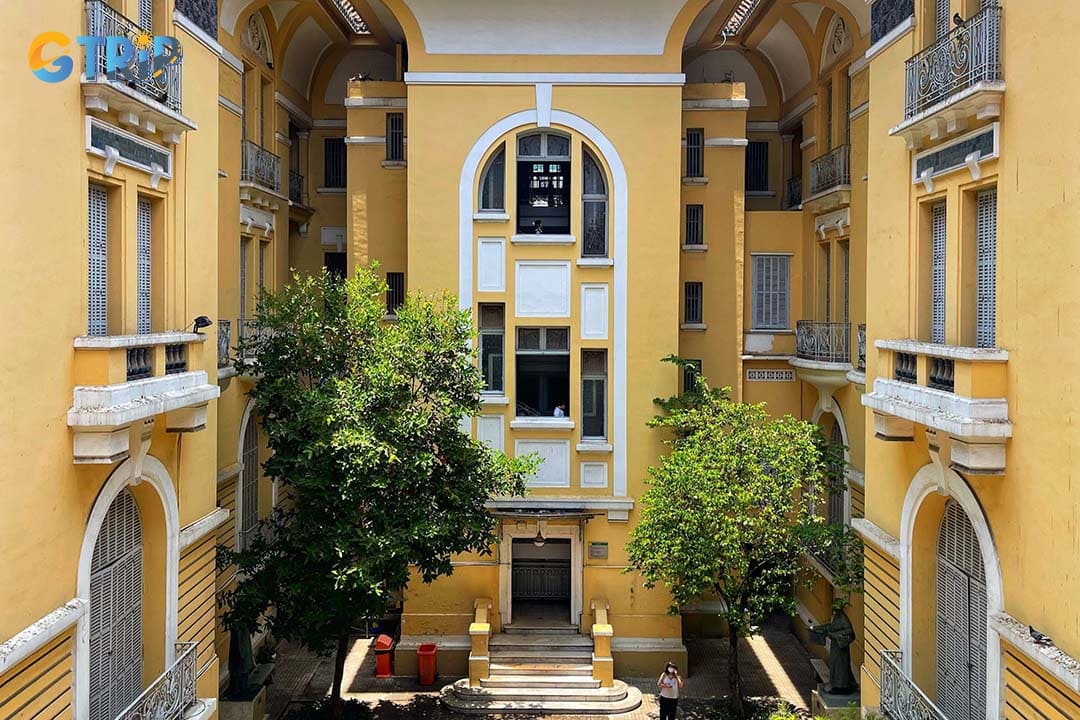
Ho Chi Minh City Museum of Fine Arts is easily accessible
Places to visit near the Ho Chi Minh City Museum of Fine Arts
The museum's prime location in former District 1 makes it the perfect starting point for a day of exploring Ho Chi Minh City's most iconic Saigon cultural sites.
Ben Thanh Market (500m away)
Just a five-minute walk from the museum, Ben Thanh Market is an absolute must-visit. This bustling, historic market is the city's most famous commercial hub. During the day, you can weave through crowded aisles selling everything from souvenirs and textiles to fresh produce and local coffee. At night, the surrounding streets transform into a lively food market where you can sample an incredible array of Vietnamese street food, including dishes like pho, banh xeo, and fresh seafood. It’s an exhilarating sensory experience.
Nguyen Hue Walking Street (900m away)
This broad, modern promenade is the city's central public square, stretching from the City Hall to the Saigon River. Nguyen Hue Walking Street is a fantastic place for a stroll, especially in the evening when it’s filled with locals, tourists, and street performers. Key sights include the statue of Ho Chi Minh in front of the People's Committee building, the unique "Cafe Apartment" block, and a weekend water fountain show. It’s the perfect spot to feel the modern, energetic pulse of the city.
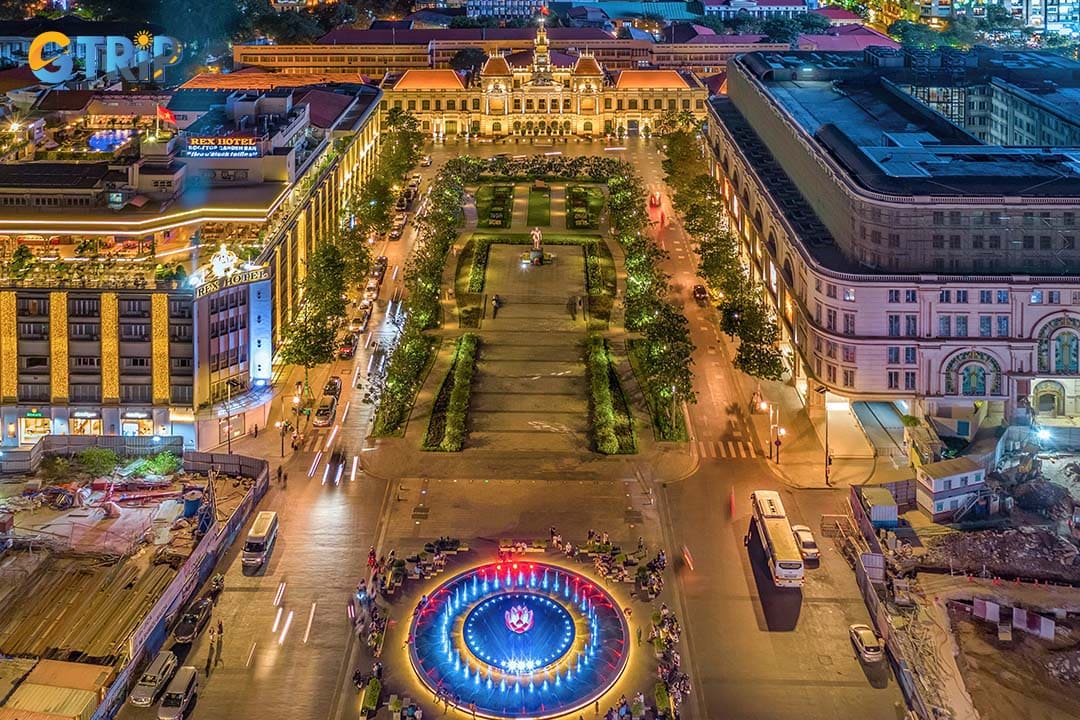
Nguyen Hue Walking Street is an amazing place to stroll in the evening
Notre-Dame Cathedral Basilica of Saigon (1km away)
An enduring symbol of the city, the Notre Dame Cathedral is a stunning example of neo-Romanesque architecture. Built by French colonists in the late 19th century, all the materials, from the red bricks of its facade to the stained glass, were imported from France. Standing in a peaceful square, it provides a quiet contrast to the city's bustle. It remains an active place of worship and a beloved historical landmark, representing a key piece of Ho Chi Minh City’s colonial past.
Saigon Central Post Office (1km away)
Located right next to the Notre-Dame Cathedral, the Saigon Central Post Office is another architectural marvel from the French colonial period. Often mistakenly attributed to Gustave Eiffel, the design is still a magnificent example of Gothic and Renaissance styles. It’s a fully functioning post office, and stepping inside feels like traveling back in time. Visitors can admire the grand vaulted ceilings, old-fashioned phone booths, and two large, hand-painted maps depicting historical Saigon and its surroundings.
Independence Palace (1.2km away)
Also known as the Reunification Palace, the Independence Palace is one of Vietnam's most important historical sites. This is where the Vietnam War famously ended on April 30, 1975, when a North Vietnamese tank crashed through its gates. The building is a time capsule of 1960s architecture, with its original furnishings, command bunkers, and staterooms perfectly preserved. A visit here offers a fascinating look into the politics and history of 20th-century Vietnam, making it an essential stop for any history buff.
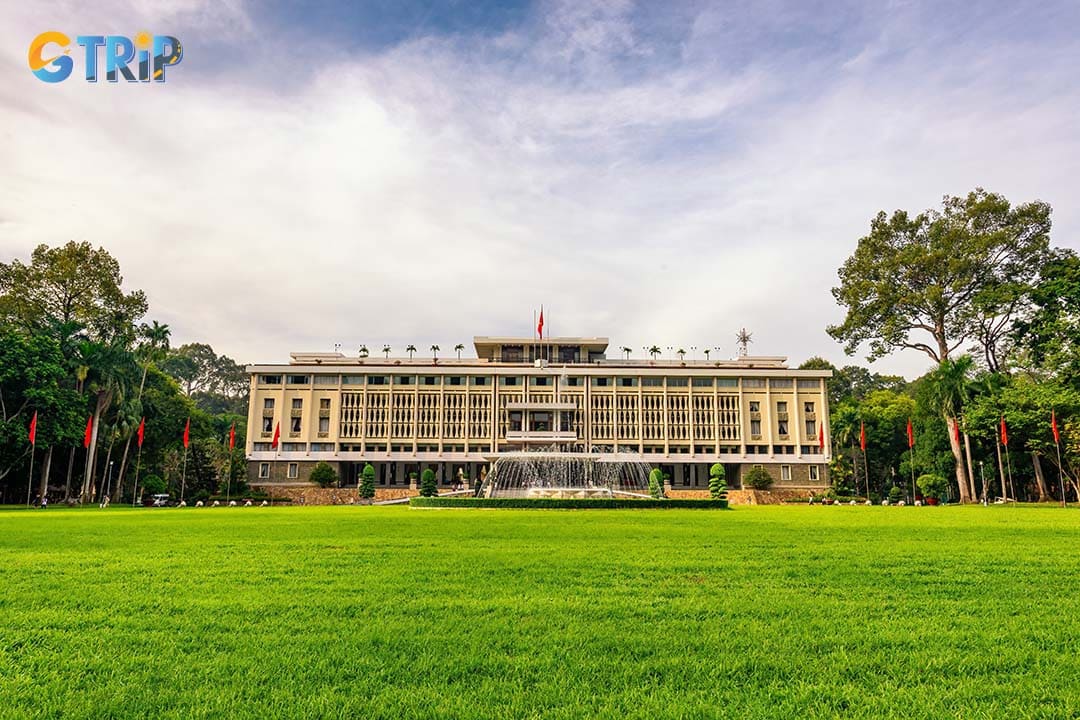
Independence Palace is one of Vietnam's most important historical sites
Practical tips for your visit
To make the most of your time at the museum, keep these tips in mind.
- Best time to visit: Go on a weekday morning to avoid the biggest crowds and enjoy the tranquil atmosphere. The natural light is also best for photography during this time.
- Time allocation: Plan to spend at least 1.5 to 2 hours here to fully appreciate the three buildings, the architecture, and the main art collections without rushing. Art lovers could easily spend over three hours.
- Photography: Photography is generally allowed without flash. The building's interior, especially the stained-glass windows and the iconic spiral staircase, are extremely popular photo spots.
- What to wear: The museum is not air-conditioned, though the high ceilings and fans keep it relatively cool. Wear light, breathable clothing. As it is a cultural institution, modest attire is recommended.
- Respectful conduct: Speak in a low voice and do not touch the artworks or artifacts. Be mindful of other visitors who are there to quietly enjoy the art.
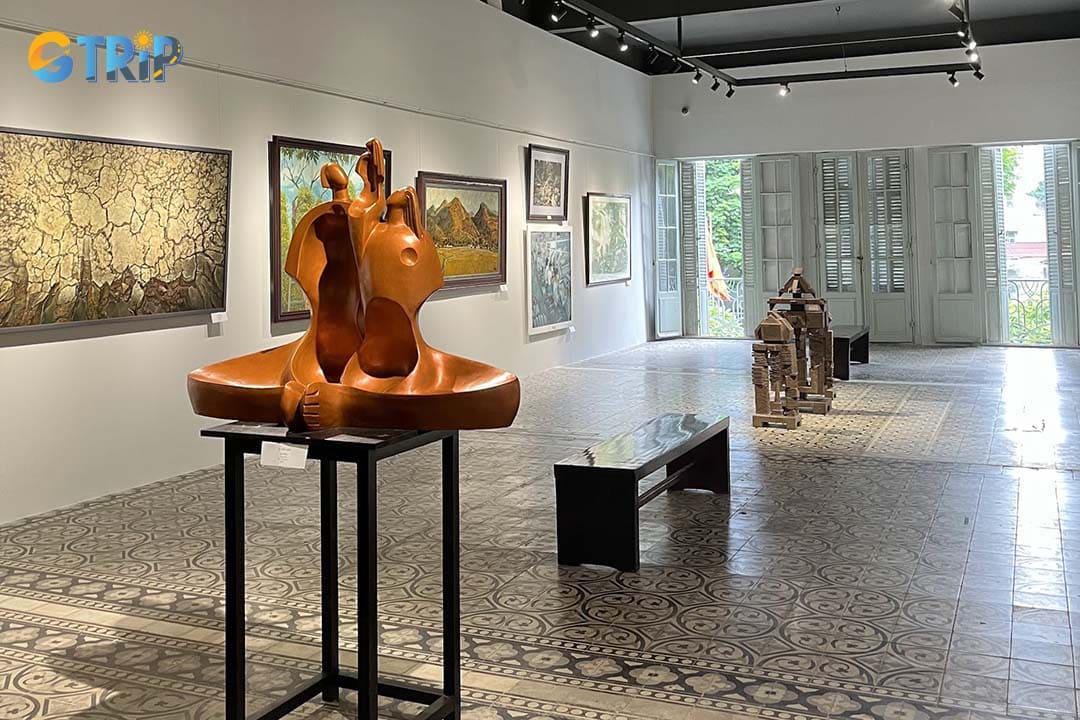
You should spend about 2 hours exploring the Ho Chi Minh City Museum of Fine Arts
The Ho Chi Minh City Museum of Fine Arts is a destination that truly delivers on every level. It's a place to experience the convergence of history, architecture, and culture that defines this dynamic city. The museum tells the story of Saigon itself. It is, without a doubt, one of the most rewarding things to do in former District 1 and a highlight of any trip to Southern Vietnam. We hope this GTrip guide helps you discover all the wonders of this incredible Saigon landmark on your next trip.

